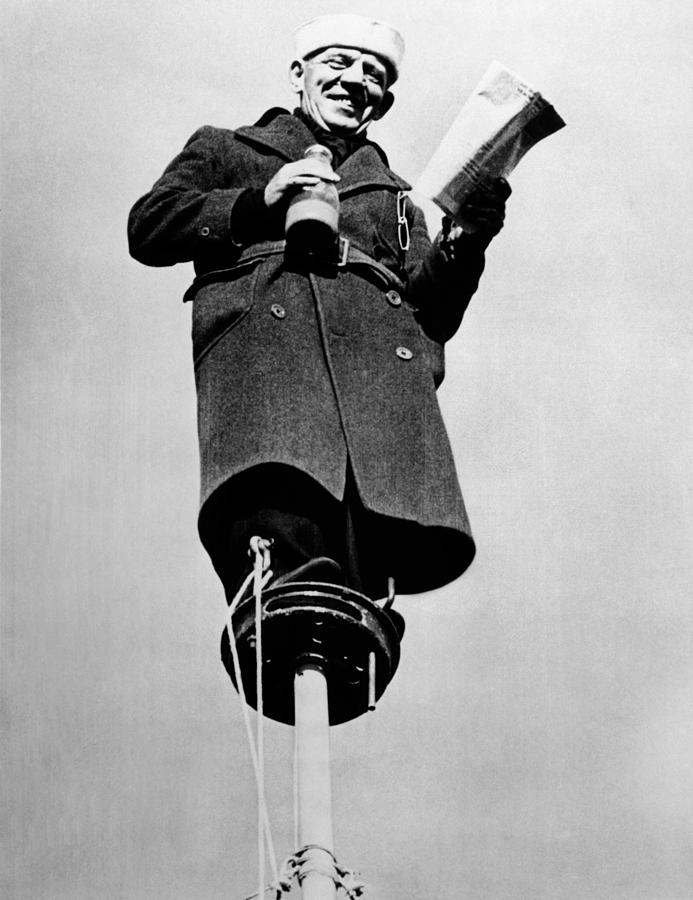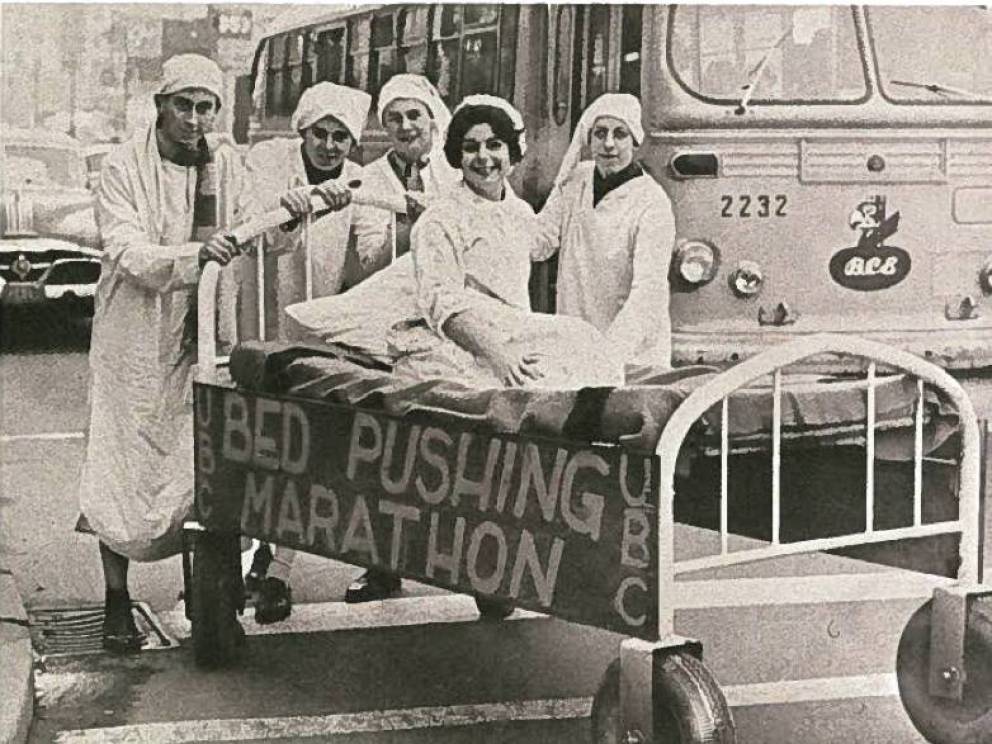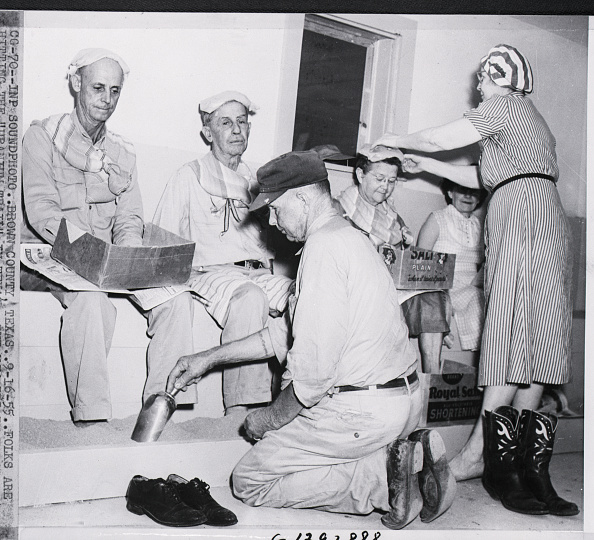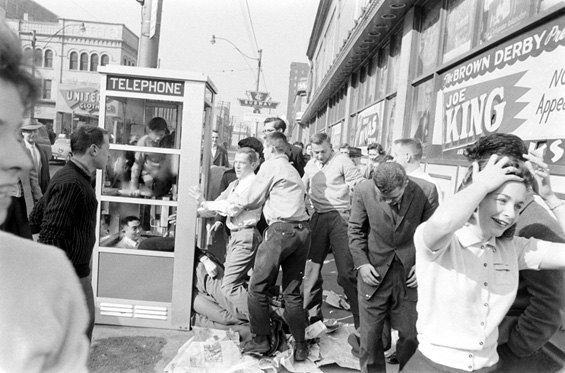While artefacts, events and literature can all teach us about how people lived in the past, they do so from a certain perspective. Although we might be well versed in the intellectual side of historical life, we are rarely given a snapshot into the day to day, and the ordinary people who lived back then. It turns out, the truth might have been a lot closer than we had realized. By taking a closer look at modes of entertainment throughout history, we can gain a great deal of insight into popular culture. These hobbies and events might not be exactly what we’re used to but their uniqueness offers us a window into how people thought and acted throughout history. Prepare to travel back in time; it’s going to be a bizarre ride.
- Flagpole Sitting
A phenomenon that lasted only for a brief time in the 1920s, flagpole sitting was invented completely by chance A man named Alvin Kelly was responsible for the sudden trend after having set the record for sitting for 13 hours straight at the top of a flagpole. Rather than just taking the stunt for what it was, onlookers decided to take up the challenge themselves, seeing how long they could last at the top. Soon the practice was commonplace, and it remained popular throughout the great depression.
- Bed Pushing Marathons
While traditional marathons have been popular for some time, they weren’t always the sporting event at the top of the field. During the 20th century, the act of bed pushing marathons was a popular pastime, with thousands of people in the United States following the trend. Unsatisfied merely to push their beds miles around the city, participants would dress up and form teams to see how much distance they could gain. The world record stands at 1,000 miles, and is yet to be broken.
- Uranium Sitting
Proof that just because something is popular, it doesn’t mean that you should try it, uranium sitting was one of the most dangerous modes of entertainment in recent history. Coming to fruition in the 1950s, the practice became popular after a Texas man named Jesse Reese claimed that he healed his sore legs by dousing them in his farm’s soil, in which scientists found traces of uranium. The find was enough to convince many people on the chemical’s efficacy and began paying Reese to use his soil for the same reason. Others turned to the trend in order to make money, opening up their own radioactive dirt farms in the hope of swindling the believers.
- Phone Booth Stuffing
How many people can you fit in a telephone booth? In the late 1950s, people were intent on finding out the truth. The game of stuffing as many people as humanly possible inside a telephone box spread like wildfire around the United States and not before long, it had spread internationally, too. The activity even had its own set of competitions, with countries pitting their best players against one another. In one instance, South Africa went up against America, winning the international title by fitting in 25 people into one booth.
- Hunkerin’
Not content with simply sitting in order to read a book, students at the University of Arkansas in 1959 decided to create their own method of resting with a book. A mix of squatting and and sitting, Hunkerin’ involved groups of students adopting the same pose around campus, chatting and reading at the same time. The trend became so popular in the university that it soon spread to other campuses across America.
- Headless Portraits
With the invention of photography, creative expression hit an all time high and paying customers had all sorts of options at their fingertips. One of the most popular photography styles in the mid 1800s was the headless portrait. Photographer Oscar Rejlander took regular photos of his subjects, using negatives in order to cut the position of the head and superimpose it elsewhere. People became so obsessed with the style that they began requesting it specifically, shown holding family members’ heads, or with their own head tucked under their arm.







